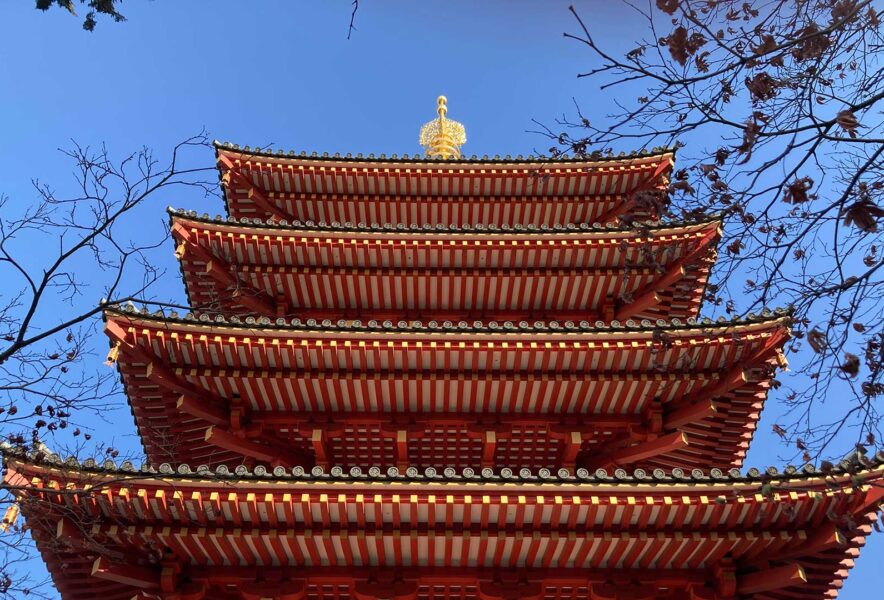Located in Hino, Tokyo, Takahata Fudoson is one of the three major fudos in the Kanto region, along with Naritasan Shinshoji Temple and others, and attracts more than 300,000 visitors each year for New Year’s visits. Known as ” Takahata-no-Ofudo-san,” the temple has long been popular, especially among the local people. The Fudo Hall, Niomon Gate, and Dainichi Hall, which houses the tablets of Shinsengumi leader Hijikata Toshizo, are designated Important Cultural Properties. Hino City is located in the southern part of the Tama region of Tokyo and is known for its abundance of nature, including being recognized as one of the “100 Best Water Towns.
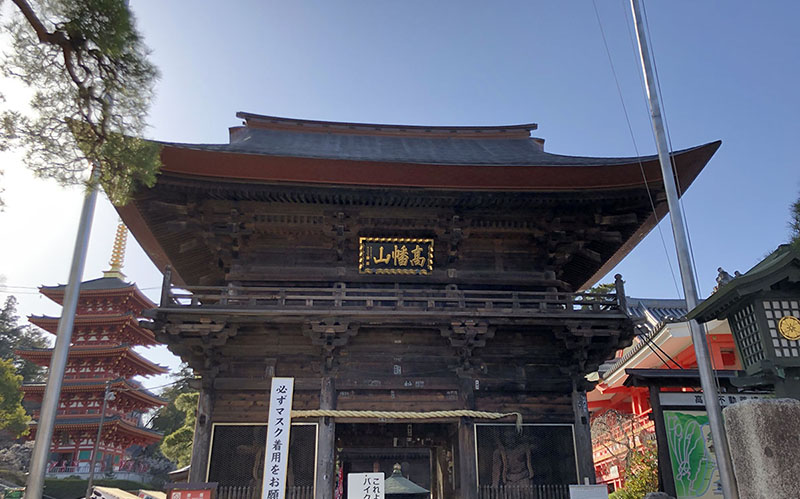
History of Takahata Fudoson
Takahata Fudoson is a common name for the temple, which is a separate head temple of the Chizan school of Shingon Buddhism. Its official name is Takahata-san Meio-in Kongo-ji Temple.
It is said to have been founded in the early Heian period (794-1185) and is one of the temples with the longest history in Tokyo. It is said that a monk named Jikaku Daishi Ennin, by order of Emperor Seiwa, designated this area as a sacred site for the protection of the eastern gate and built Fudo Hall in the mountain, where Fudo Myoo was enshrined.
In the Muromachi period (1336-1573), the statue was called “Sweating Fudo” and worshipped by many warlords. When the statue of Fudo Myoo was damaged by a great wind in the late Kamakura period (1192-1333), the lacquer applied to his entire body for restoration reflected the light and made him look like he was “sweating.” It is said that the legend spread among warlords who came to pray for victory that Fudo Myoo would sweat all over and listen to their requests.
In a fire in 1779, Dainichido, Daishido, and the temple gate were destroyed by fire, but after the war, Niomon Gate, Fudo Hall, and the five-story pagoda were rebuilt one after another. After the war, the temple regained its splendor as a temple full of attractions.
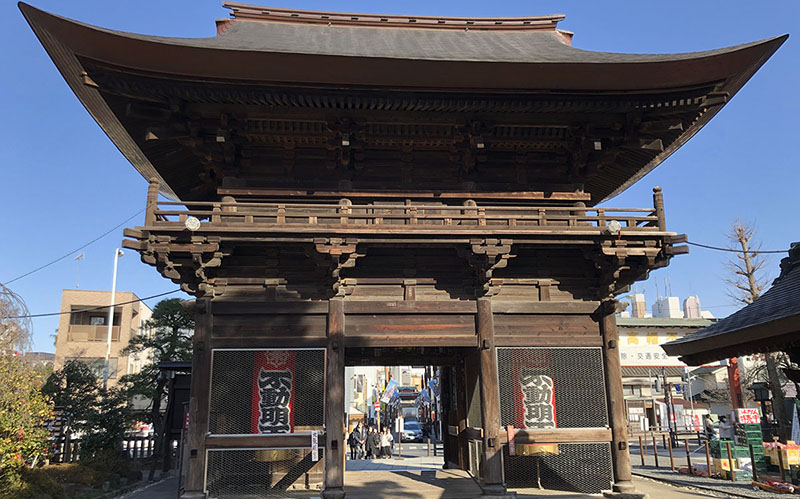
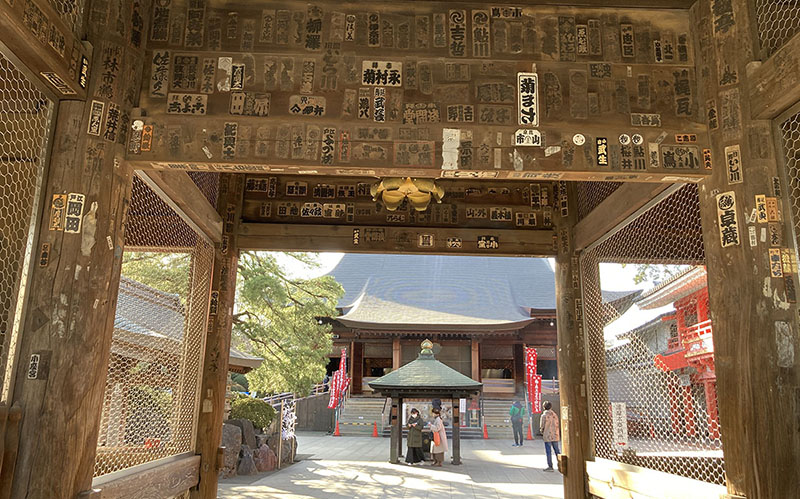
Sights to see of Takahata Fudoson
Shinsengumi and Hijikata Toshizo
Takahata Fudoson is also the family temple of Hijikata Toshizo, who served as deputy chief of the Shinsengumi, and a bronze statue of him has been built near the main gate. In addition, there are many historical items related to the Shinsengumi, such as a monument to Isamu Kondo and a large tablet for the memorial of Shinsengumi members, and many historical materials on the Shinsengumi are preserved in the inner hall.
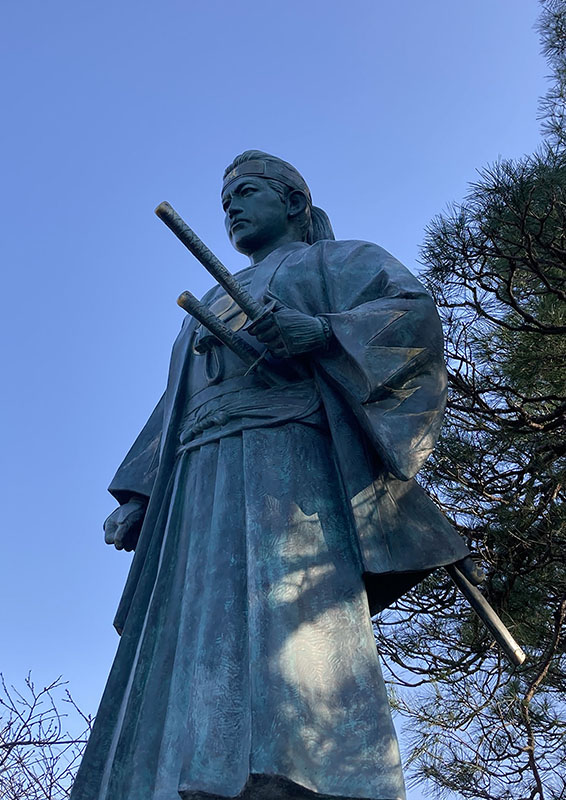
Niomon Gate and Fudo Hall
The Nioimon gate, which protects the front of the Fudo Hall where Fudo Myoo is enshrined, is a magnificent structure that overwhelms the viewer and is designated as a National Important Cultural Property of Japan. The gate is designated as an important cultural property of Japan.
Fudo Hall, where Fudo Myoo is enshrined, is also designated as a National Important Cultural Property, as is Niomon Gate.
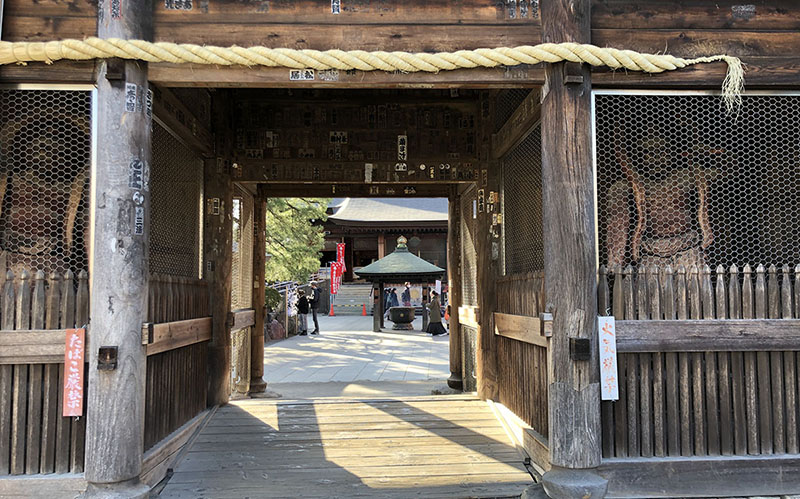

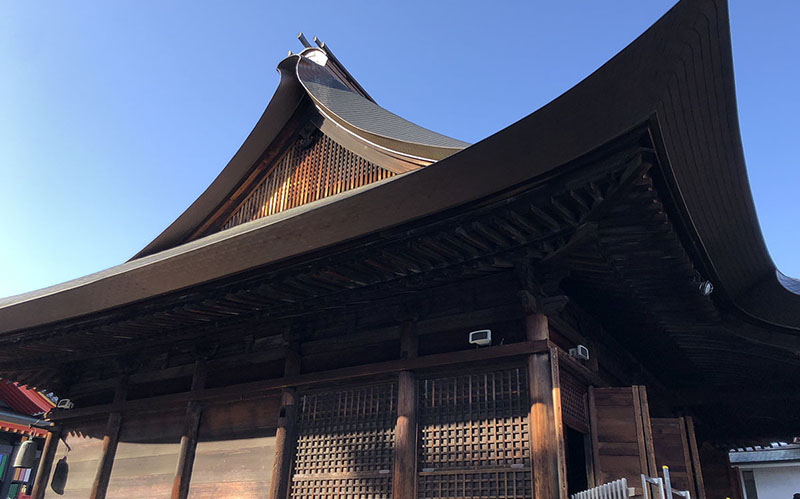
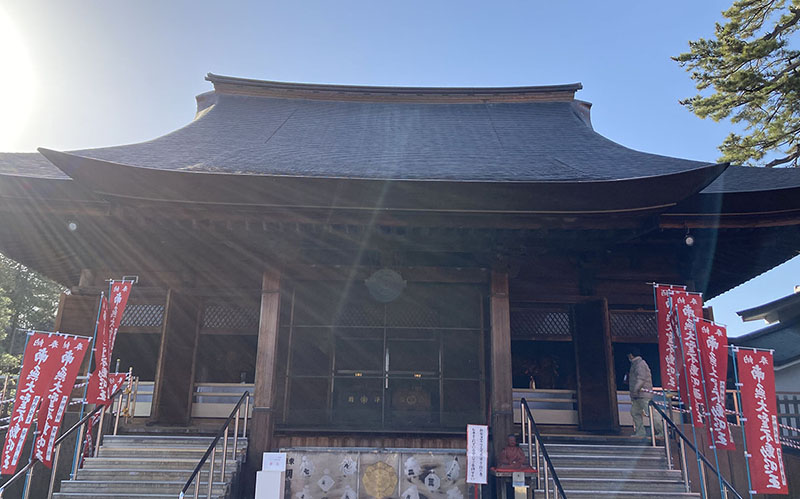
Okuden and Joroku Fudo Sanzon
The vermilion building behind the Fudo Hall, Okuden, is a hall where many cultural properties are stored and displayed, and also houses the Joroku Fudosanson, an important cultural property. The Joroku Fudosanson, weighing over 1,100 kg, is said to be the heaviest statue in Japan since ancient times.
The inner sanctuary houses many items, including a letter written by Hijikata Toshizo and a banner of “Toshodai Gongen,” the flag of Hijikata Toshizo’s corps, making it a must-see for fans of the Shinsengumi.
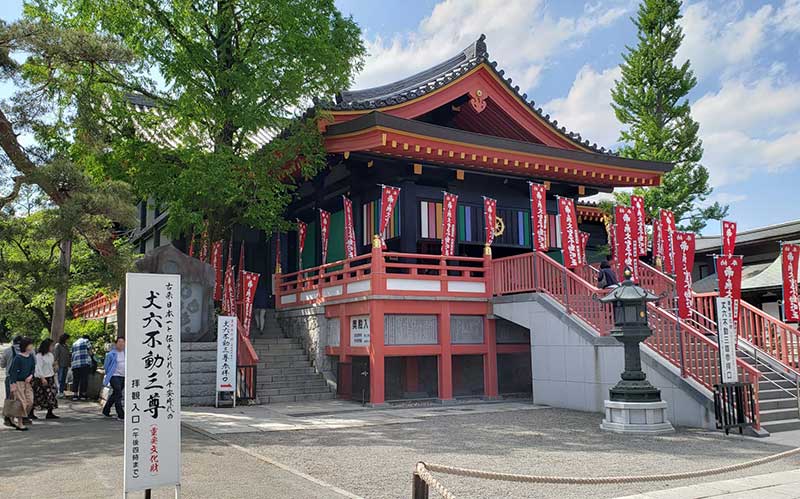
Dainichi Hall
Dainichi Hall, located at the far end of the temple grounds, is the head temple of Mount Takahata. The hall is famous for its Nariryu-ceiling, which is open to the public, and a statue of Dainichi Nyorai built in the Heian period is enshrined inside the hall. The temple also enshrines the tablets of Hijikata Toshizo and the memorial tablets of the Shinsengumi soldiers.
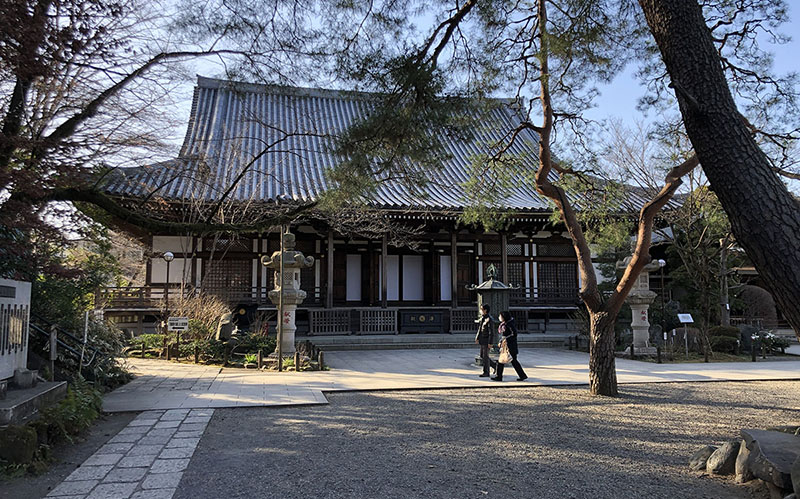
7,500 hydrangeas in bloom in the rainy season
Takahata Fudoson Temple is famous for the blooming of 7,500 hydrangea plants of about 250 varieties that cover the grounds of the temple, which are surrounded by lush greenery, as well as the pilgrimage route in the hill behind the temple. The “Takahata Fudoson Hydrangea Festival” is held every year from early June to early July.
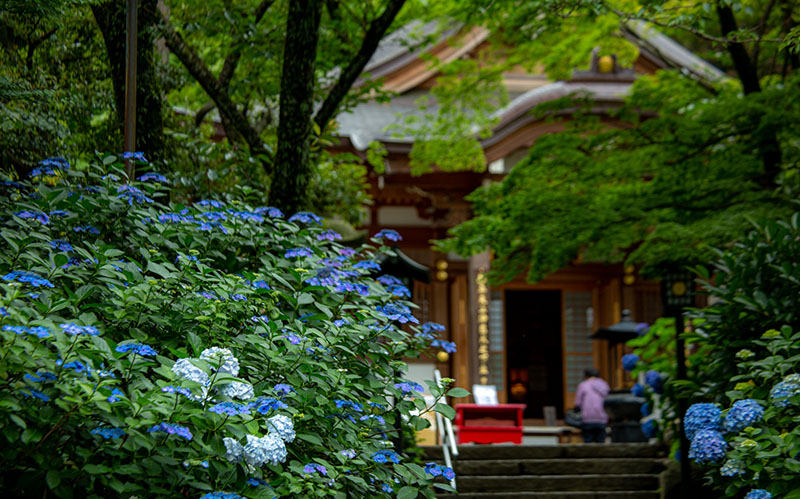

Route of the pilgrimage to the 88 temples within the grounds
The pilgrimage to the 88 temples of Shikoku, known by the nickname “Ohenro-san,” is well known throughout Japan, and Takahata Fudoson has a walking course that offers the same benefits as visiting the 88 temples of Shikoku. The total distance of the pilgrimage is 1,278.5 km, and it is said to take about two months on foot, but here, visitors can visit the 88 temples in about one hour.
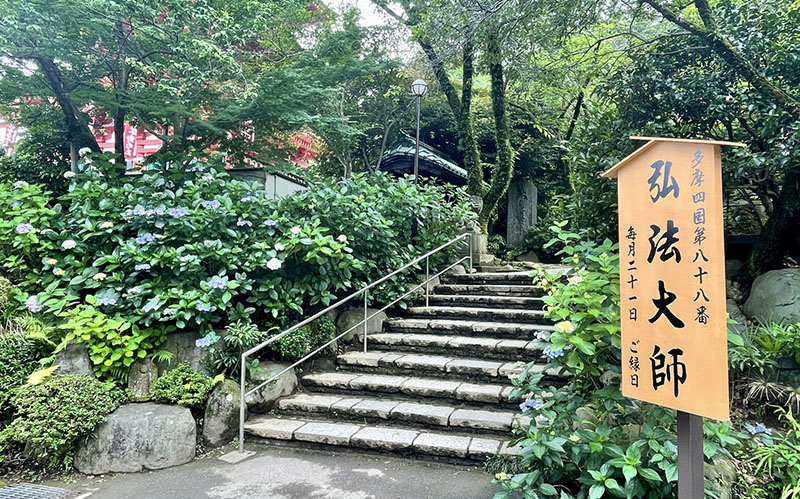
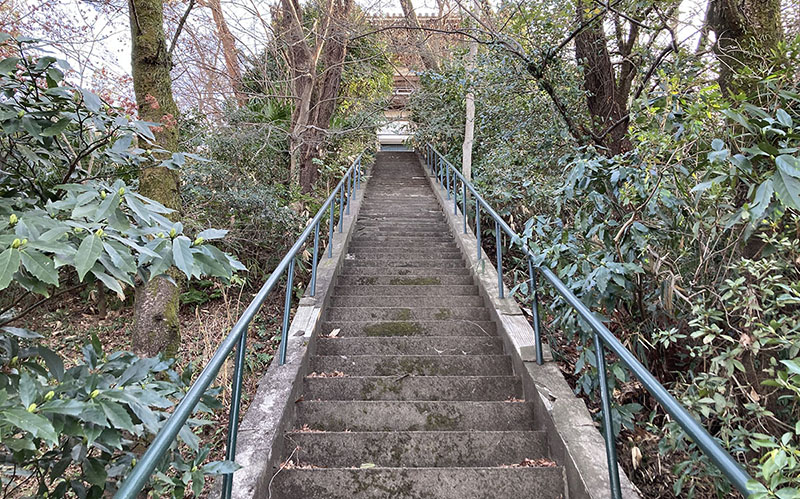
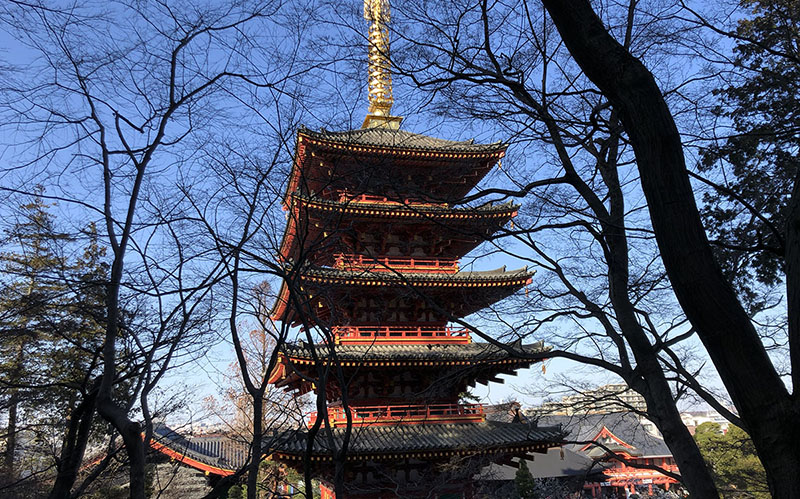
Access to Takahata Fudoson
733, Takahata, Hino City, Tokyo
〒191-0031
TEL: 03-3379-5511
5 minutes walk from Tama Monorail Takahatafudō Station (Keiō Line).
Parking around Takahata Fudoson
Takahata Fudoson Official Website
Official Site:https://www.takahatafudoson.or.jp/
